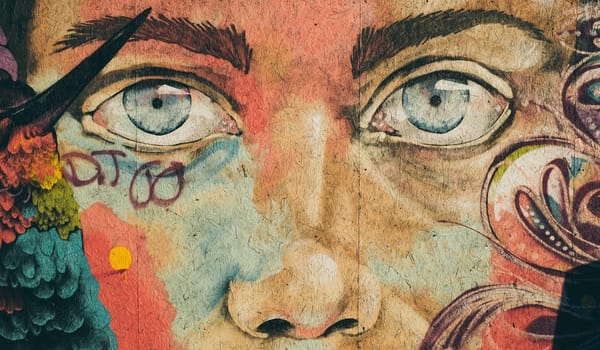By 1910, cities around the world were bustling with cars and teeming with skyscrapers, sewer systems, bridges, electricity, and countless astonishing feats of engineering. Public health was vastly improved. Child mortality was plummeting. Life expectancy was growing. For many, everyday life now had much more space for leisure, creative pursuits, and the possibility of self-discovery and expression.
In 1957, the now-iconic American sitcom Leave It To Beaver debuted, depicting an idealized version of American suburban life: children getting into mild but ultimately harmless and instructive mischief; reliable, well-adjusted men working nine to five and mowing the lawn on weekends; dutiful, uncomplicated women taking their children to school and doing chores around the house; a car in the garage; a TV set in front of the couch; and few if any people of color or queer folks to complicate things. It was “wholesome,” clean, easy.
Fifty years later in 2007, the hit cable drama Mad Men debuted, depicting that same era in American life but painting a wildly different and more complicated portrait of the time. Even amid great material wealth and professional success, nearly every character above 30 lives a double life. Seemingly every man has a raging alcohol problem, is a remorseless womanizer, and neglects his family. Women and people of color suffer daily from the stark limitations and injustice of their place in society. Gay people hide away in shame, even from their loved ones and closest confidantes.
In Mad Men, everyone does their best to project a Leave It To Beaver life to those around them. And yet, on the inside, they live a much more nuanced, subversive, sorrowful life. They all seem to recognize that life is not as clean or easy as they had been told.









